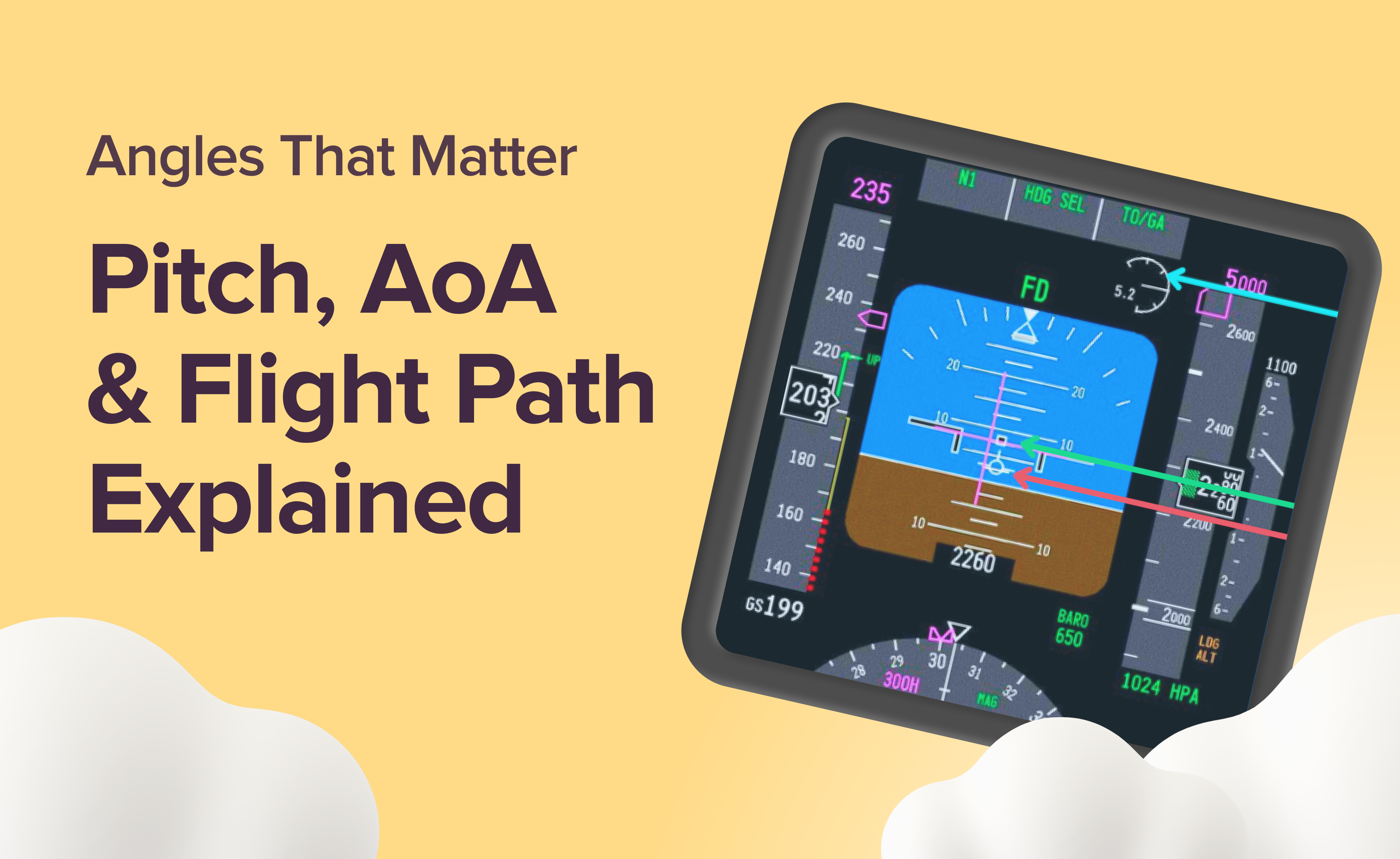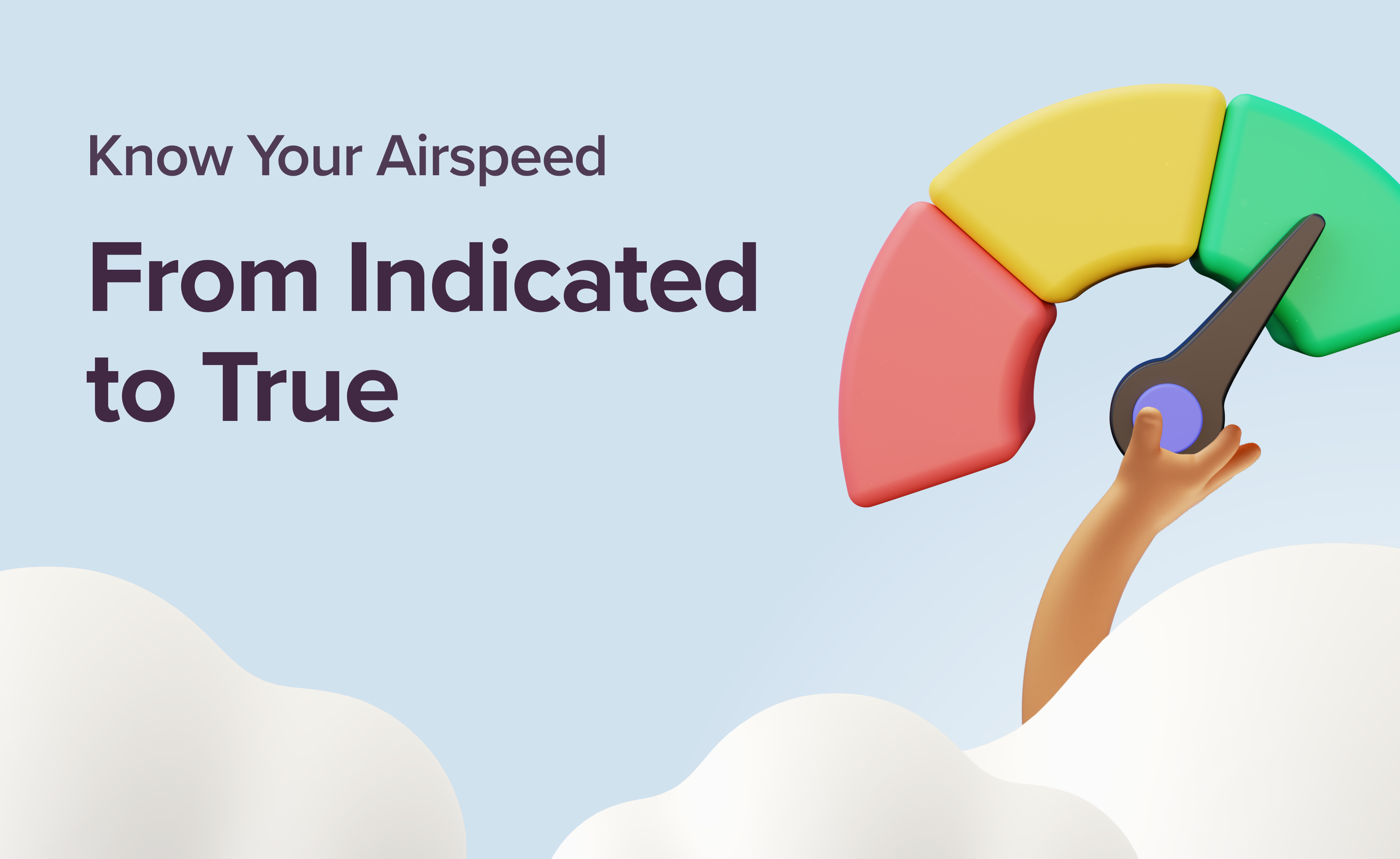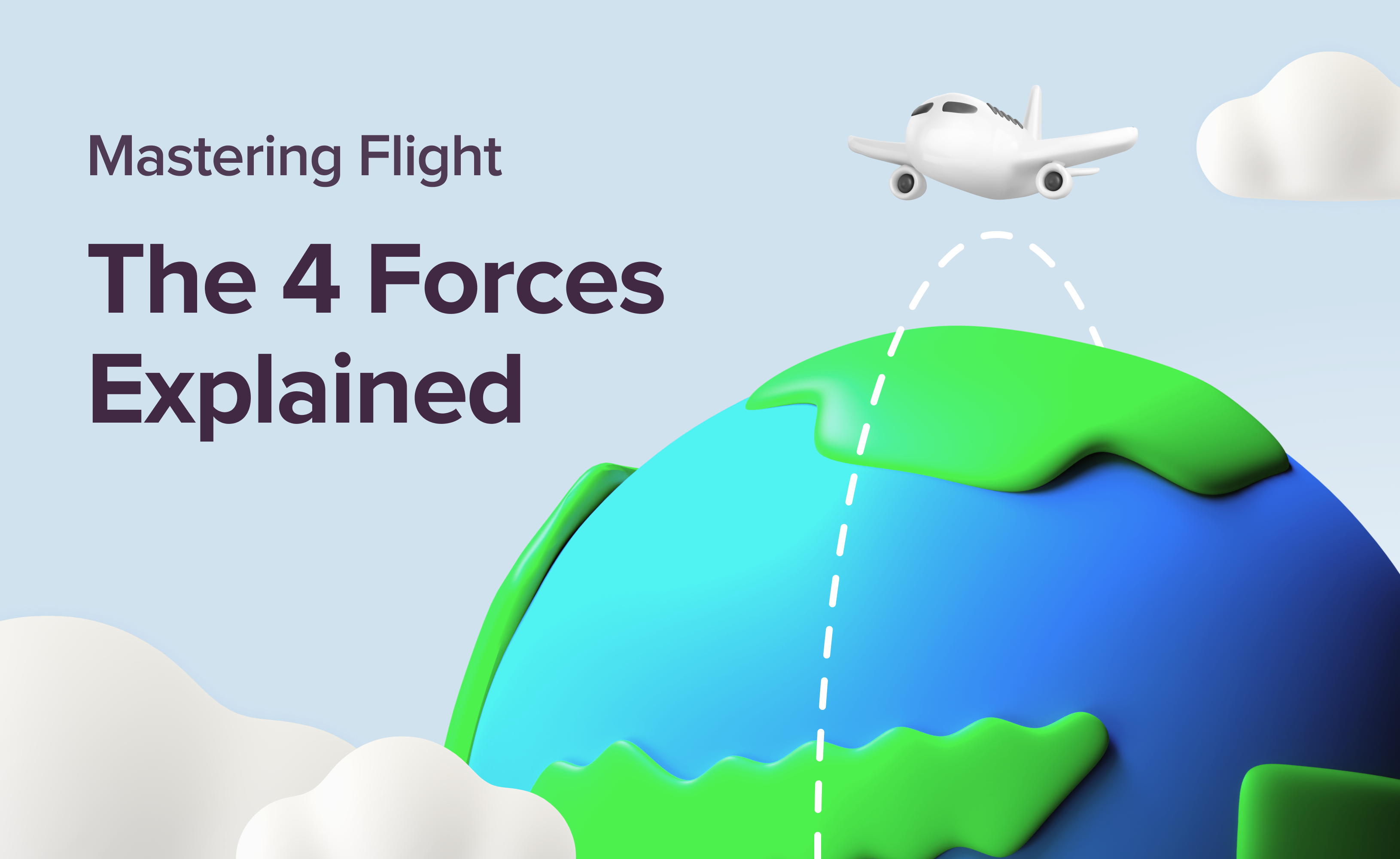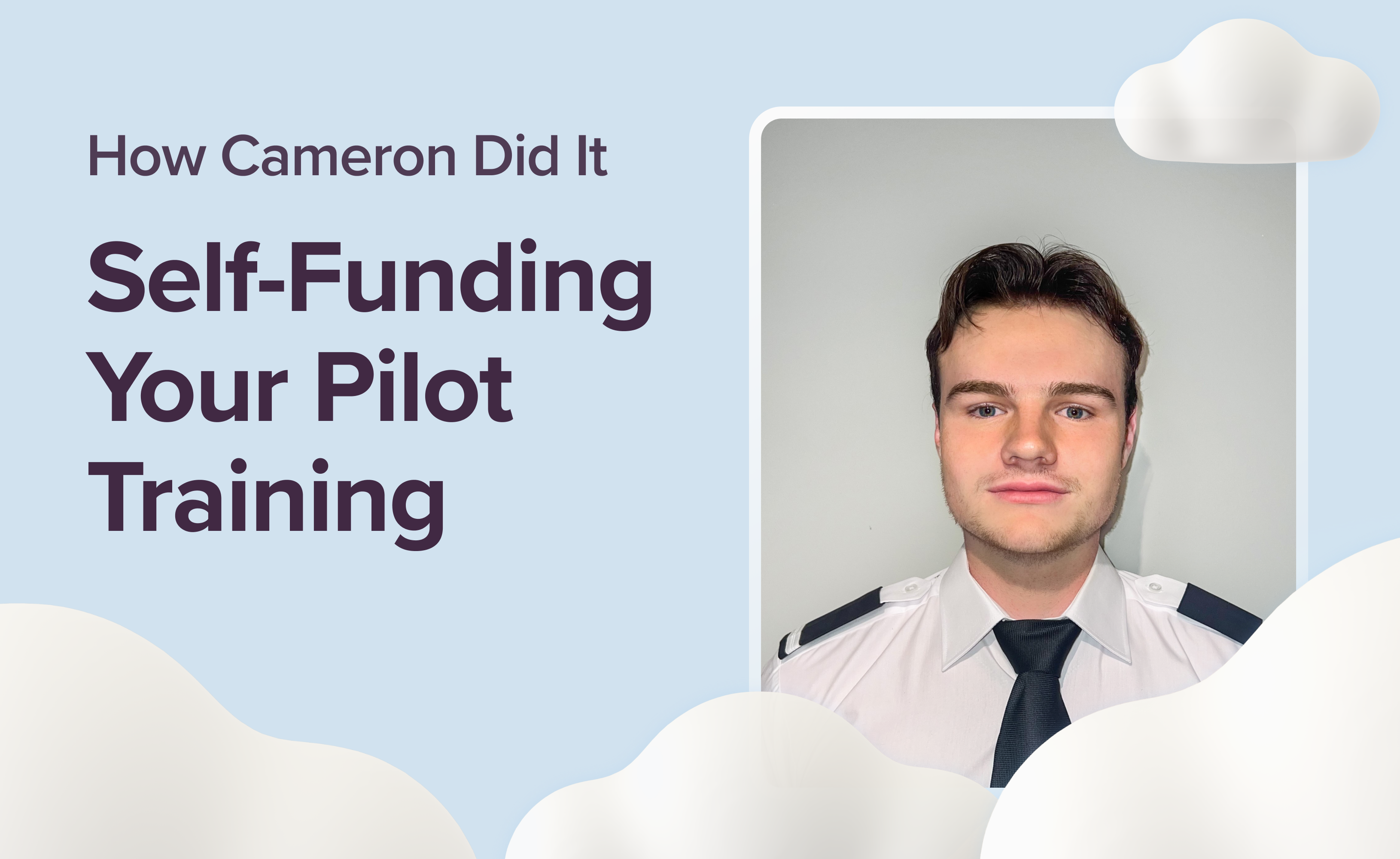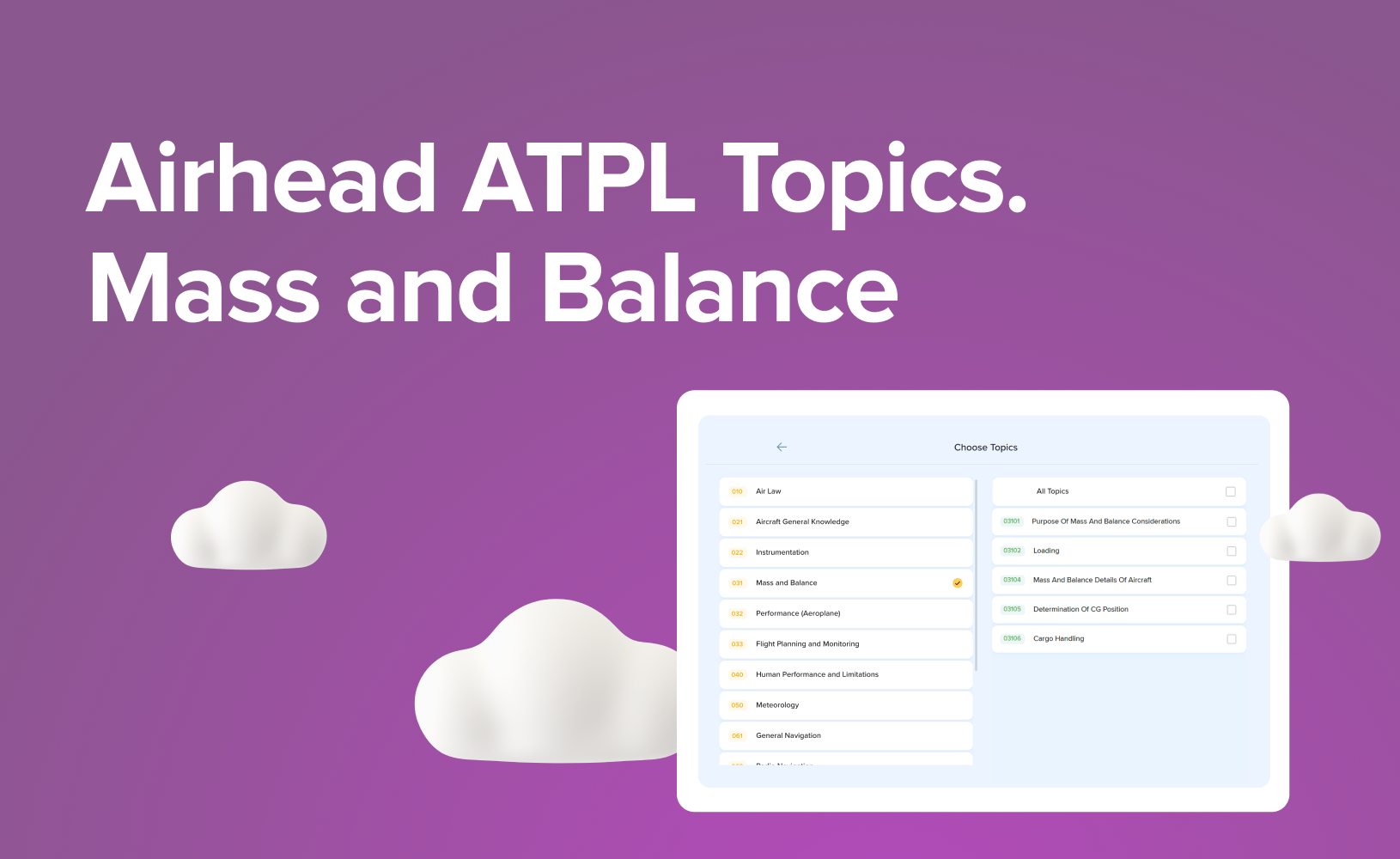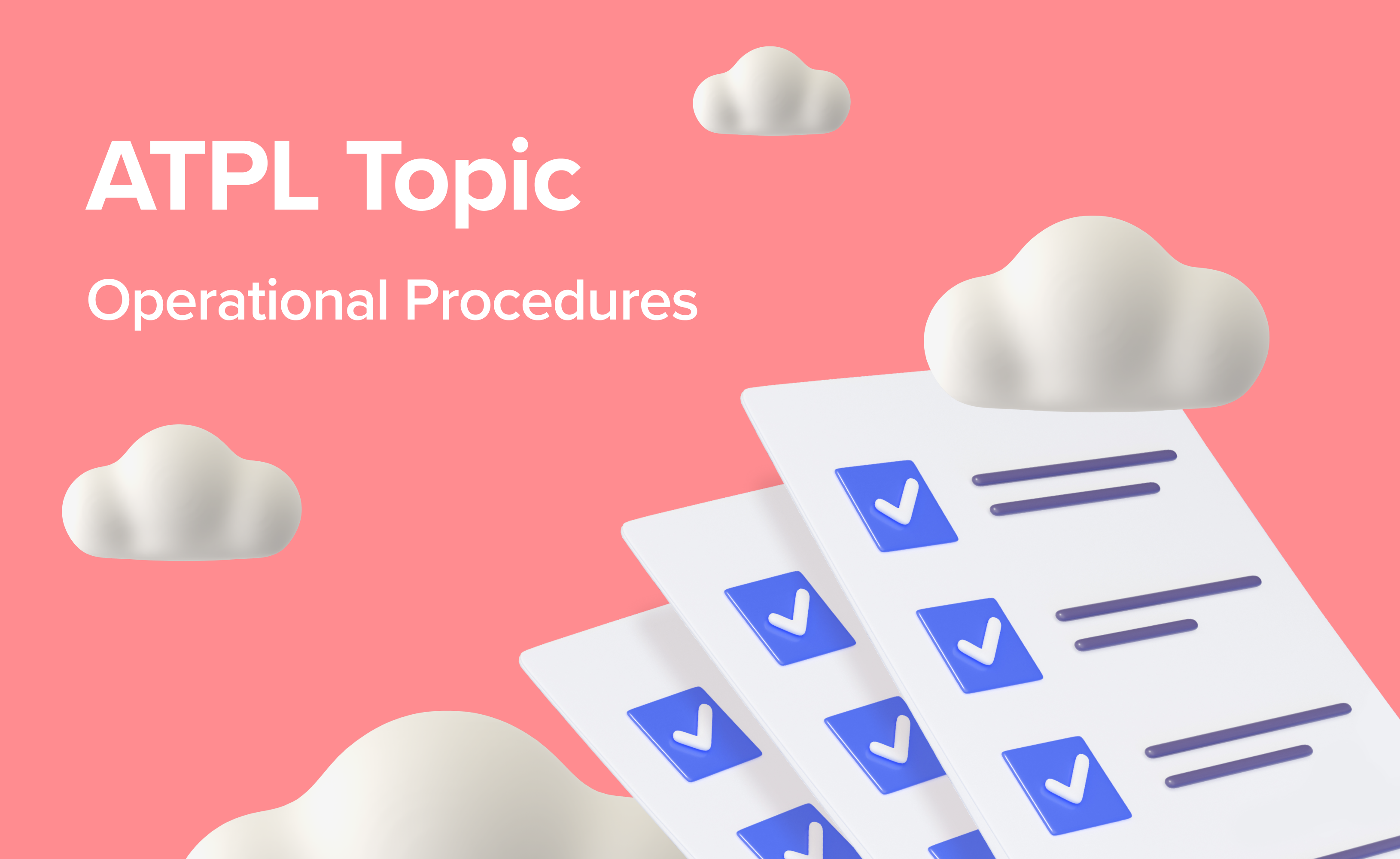Learn Faster, Recall More: 10 Steps to Smarter Studying

Ground school is a challenging, yet incredibly rewarding phase in your journey to becoming a seasoned pilot. For many students, it’s the first big step toward a fulfilling career in aviation — but it can feel like a lot to tackle. The amount of theory can seem overwhelming, from learning complex rules and regulations to navigating a new, high-pressure environment. Many student pilots struggle in those early weeks, finding it hard to adapt to the pace and scope of the material. And unfortunately, some even lose motivation because they haven’t developed the right mindset and approach. But with a positive outlook and the right tools, you can excel academically, grow personally, and confidently prepare for your aviation career.
This comprehensive guide is designed to equip you with practical strategies and study techniques that will help you make the most of ground school. We’ll cover essentials like creating a study plan and staying focused, tips for maintaining a balance between life and study, and effective methods for studying theory — including mnemonics, study apps, and tricks to tackle complex subjects like navigation, meteorology, and aerodynamics. With this approach, you’ll be able to master ground school with confidence, setting a strong foundation for the next steps in your aviation journey.
1. Keep Focus on Long-Term Goals

In ground school, the training process can feel overwhelming. But one of the most effective strategies for staying motivated is to keep your focus on the big picture. Whether it’s the thrill of piloting an aircraft, the dream of navigating real-world scenarios, or the excitement of joining the aviation industry, having a clear purpose can give you the strength to push through the hard work and challenging days.
Define Your “Why”. As an aspiring aviator, take a moment to reflect on your motivations. Is it the thrill of soaring through the clouds, the desire to explore new horizons or a passion for contributing to aviation safety? Whatever your "why," let it fuel your journey and guide you through the challenges of flight training. Revisit your reasons often, as they can renew your motivation and strengthen your resilience in the face of new information and complex subjects.
Visualise the Future. When the workload begins to feel overwhelming, it can be helpful to focus on the future. Try creating a vision board filled with clear goals, images of planes, aviation quotes, and dream destinations. Seeing these reminders daily helps you stay focused on your ultimate goal.
Discover our list of 18 EASA flight schools in the UK and Europe to fuel your aviation dreams.
2. Set the Study Plan Based on Your Study Cycle

Although each school structures its program differently, ground training follows a layered approach, with core subjects taught through classroom sessions, flight training, guided self-study, and regular assessments. Many programs integrate theory with practical application through flight lessons, simulator training, and periodic constructive feedback from instructors, creating a balanced learning experience that reinforces knowledge at every stage.
Flight schools often organise ground training into progressive modules, beginning with foundational topics like basic aerodynamics and flight principles before moving on to advanced concepts such as navigation techniques, aircraft systems, and air traffic control procedures. Simulator sessions are also frequently incorporated, giving students hands-on experience with real-world scenarios like emergency procedures and communication, helping them apply classroom learning in a controlled, practical setting. Throughout this process, feedback from experienced instructors is essential for aviation skills development and addressing areas needing improvement.
To enhance this structured approach, align your study plan with your study cycle — a strategy that breaks down studying into distinct, effective steps. The study cycle, developed by Frank Christ, highlights five stages of learning: previewing, attending class, reviewing, studying, and assessing your understanding. While these steps may seem straightforward, they’re often overlooked, and missing one can mean missing a key opportunity for deeper learning. For instance, previewing material before class allows you to approach lectures with some familiarity, enhancing both understanding and retention as you hear it presented.
Each stage of the study cycle serves a unique purpose:
Previewing: Skim new material before class to get a general sense of key concepts. 5-15 min Attending Class: Actively listen and participate to reinforce your understanding.
Reviewing: Go over notes soon after class to solidify knowledge while it’s fresh. 10-15 min
Studying: Dive deeper into complex topics, breaking them into manageable chunks. 30-50 min
Checking Your Understanding: Test yourself to ensure concepts are clear and correct gaps in knowledge.
By following all stages of the study cycle, you engage with the material in multiple ways, benefiting from repetition, distributed practice, and multiple learning modes (reading, listening, and practice).
Set aside time to balance your study sessions between new lessons and revisiting previous material. For example, spend some time each week on previously covered topics like aircraft performance or communication protocols. This reinforces learning and helps transfer knowledge to long-term memory, making it easier to recall information during exams and in-flight situations.
Plan your study strategy with our list of aviation exam subjects ranked by difficulty level.
3. Build Lasting Knowledge

In aviation, mastering complex concepts goes beyond simply remembering facts; you need a deep understanding of these topics to apply them correctly in real-world situations. While some topics certainly demand attention to detail, rote memorisation alone won’t help you interpret problems, troubleshoot situations, or make informed judgements. For example, knowing the facts about aircraft performance or weather patterns is one thing; understanding how to interpret them in a variety of flight conditions is another. This deeper level of learning allows you to react effectively and make sound decisions in real-world settings.
The most important thing to remember is that nothing is impossible — not even mastering those tricky formulas, regulations, and airspace fundamentals. With regularity and consistency, everything becomes attainable. All you have to do is practice, practice, and do more practice.
One way to understand the value of practice is through the “10,000 Hours Theory.” While the theory that it takes 10,000 hours of practice to achieve mastery is widely debated, it highlights the importance of consistent, guided practice. Achieving 10,000 hours would mean around 20 hours of study or training each week for ten years — daunting, perhaps, but entirely possible if you break it down into weekly goals. Instead of trying to reach a magic number, think of it as setting aside regular time each week, just as you might already do for activities like watching TV or browsing social media. This approach brings steady, sustainable progress, which is ultimately the key to learning success.
Check out our blog, “Pilot in the Making: Mastering Flight Training,” for essential tips and tricks.
4. Adopt Active Recall Techniques and Memory Strategies

Mastering the vast material of theoretical knowledge requires more than just hard work — it takes smart study techniques and a structured approach to memory. Here are some proven tactics to help you retain information effectively and make the most of your study time.
Active recall is one of the most effective strategies for learning, as it involves actively retrieving information from memory rather than passively reviewing notes. Techniques like flashcards, quizzing, and summarising engage your brain in retrieval practice. It strengthens memory and promotes long-term retention. Here's a brief explanation of three effective study techniques:
Flashcards
Small cards with a question on one side and an answer on the other are a classic study technique. They're perfect for memorizing facts and definitions. For a more advanced approach, consider using Anki, a powerful spaced repetition system that helps you remember information efficiently. Or, for a simpler method, create your paper flashcards.
Quizzing
Self-testing your knowledge on a specific topic. This helps identify knowledge gaps and reinforces learning. You can create your quizzes or use pre-made ones. There are game-based learning platforms that can be used for creating and taking quizzes such as Kahoot! or Quizizz.
Summarising
You read a text, then write a summary in your own words. This improves understanding, highlights key points, and aids in long-term retention.
Remember, the best approach is to find a combination of techniques and tools that works best for you. Experiment and adapt to find your optimal learning style.
5. Chunking and Mnemonics for Complex Concepts

Chunking and mnemonics are powerful tools for tackling complex aviation concepts by breaking down information into manageable, memorable pieces. “Chunking” means grouping related information together to make it easier to recall, while mnemonics turn tricky terms and sequences into memorable phrases or acronyms.
Here’s an example of applying the chunking strategy to learn the Aircraft Performance Factors in aviation:
Step 1: Divide the topic into three main "chunks":
Environmental Factors: Temperature, pressure, humidity.
Aircraft Configuration: Weight, balance, flap settings.
Runway Conditions: Surface, slope, length, wind.
Step 2: Focus on One Chunk at a Time. For example, start with Environmental Factors, understanding how each (e.g., high temperature = reduced performance) impacts takeoff and landing.
Step 3: Integrate for Application. Use real-world examples or flight simulator scenarios to connect these factors, like planning a takeoff on a hot, humid day with a short runway.
Aviation is full of mnemonics to help with everything from navigation aids to emergency procedures. One of the most famous mnemonics is the phrase "Aviate, Navigate, Communicate", to remind pilots what their priorities should be. Some popular ones include “IMSAFE” for personal health checks (Illness, Medication, Stress, Alcohol, Fatigue, Eating), and T-DODAR used to aid in the decision-making process (Time, Diagnosis, Options, Decision, Assign, Review)
For tasks that feel overwhelming, try the 15-minute study strategy. Set a timer for 15 minutes and give the task your best focus. When the time’s up, decide whether to continue or take a break. Often, just starting for a short burst helps build momentum, and you’ll find yourself wanting to continue once you’re in the flow.
6. Self-Testing with Question Banks

Self-testing is a powerful way to reinforce what you’ve learned, gauge your understanding, and prepare for exams. One of the best resources for self-testing in ground school is a question bank, like Airhead, which simulates the types of questions you’ll encounter on exams. Regularly working through these databases not only reinforces your knowledge but also helps you identify areas that need extra focus.
Make use of the question bank not as a shortcut to memorise answers, but as a tool for reinforcing your understanding and preparing for exams.
Use question banks strategically, setting aside time each week to test yourself on both new material and previously covered topics. Self-testing reveals gaps in your understanding, helping you focus your study efforts on the areas that require improvement most. This approach keeps you on track and exam-ready, reducing last-minute stress and ensuring that the material sticks.
7. Incorporate Visual Learning Tools and Digital Apps

Don’t limit yourself to traditional study materials — plenty of aviation theory resources are available online, from YouTube channels explaining difficult topics to apps that simulate real-world scenarios. Exploring diverse sources helps you gain a well-rounded understanding, and video content can make intricate concepts more accessible. The key is variety: combining visual resources, videos, and textbooks will reinforce your learning from multiple angles.
Visual learning tools like diagrams, mind maps, and colour-coded notes are excellent for simplifying complex subjects and making information easier to absorb. For example, diagrams can clarify weather patterns, and mind maps can outline key concepts in navigation or emergency procedures. Colour coding can help differentiate topics, making it easy to recall related information at a glance.
8. Find Joy in Every Step

As you work your way through ground school, remember that your journey is a process — one that deserves to be celebrated at every step. Setting personal milestones can help you stay motivated and remind you of how far you’ve come. Each small victory, whether it’s acing a test, mastering a difficult concept, or completing a simulator session, is a step closer to the cockpit and the flight career you’ve dreamed of.
Take time to celebrate these moments of progress in ways that bring you joy and remind you of your “why.” Whether it’s treating yourself to something special, sharing your success with family and friends, or simply taking a quiet moment to reflect, find small ways to reward yourself. These celebrations aren’t just about the achievement itself—they’re about appreciating the journey, fuelling your passion, and keeping the spark alive as you move toward your ultimate goal. Embrace each accomplishment as part of a fulfilling, rewarding path to the skies.
Discover how music can boost your focus, reduce stress, and elevate your learning experience. Check out our blog, “Take-Off Tunes: Your Soundtrack to Pilot Training,” for the ultimate playlist.
9. Cultivate a Growth Mindset

A growth mindset, as described by Dweck (2015), is the belief that abilities can be developed through dedication and hard work. This mindset fosters a love of learning and resilience that play a crucial role in achieving greatness.
One of the most important lessons aspiring aviators can learn is that mistakes are part of the journey — each one provides a unique opportunity for growth. When you encounter challenges with aircraft performance, air traffic control procedures, or emergencies, remember that pilots became professionals by learning from their own early mistakes. Each moment you spend troubleshooting, reflecting, and improving deepens your understanding and hone your decision-making skills.
The aviation industry values resilience and continuous improvement. Many experienced pilots faced setbacks in their training or solo flights, yet they persevered, using each experience to build the skills and confidence that define their careers. This journey requires a mindset that welcomes feedback, adapts to new information, and seeks out effective strategies to become better. Even beyond ground school, pilots remain students of aviation — committed to continuous learning, refining emergency procedures, and building long-term memory that keeps them prepared for real-world scenarios.
So, find inspiration in each challenge you overcome. With every difficulty you face, you’re building the resilience essential for a safe and successful career in aviation.
Discover how lifelong learning can keep you sharp, engaged, and at the top of your game. Check out our blog, “Fuelling Curiosity: Lifelong Learning as a Pilot,” for practical tips.
10. Take Care of Body and Mind

Pilot training is intensive, and it’s easy to lose track of balance. But to succeed as a pilot, it’s crucial to take care of both your body and mind. Start by setting clear boundaries for study hours and scheduling regular breaks. This structure prevents burnout and ensures that your study time is productive. Incorporate stress management activities, such as meditation, breathing exercises, or hobbies you enjoy. Relaxation isn’t a break from your goals; it’s a vital part of your learning process.
Physical activity and adequate sleep are equally important. Regular exercise improves cognitive function, focus, and long-term memory, while a good night’s sleep consolidates the day’s learning. Taking care of yourself physically directly supports your mental endurance, preparing you for the demanding tasks of flight training and real-world aviation scenarios.
Discover 7 essential wellness tips to stay focused, energised, and on track to achieving your pilot's licence.
Airhead's Takeaway

Ground school is a challenging but deeply rewarding step toward an aviation career. Each lesson, every flight hour, and all the hard work you invest are shaping you into the pilot you aspire to be. It’s natural to feel pressure but remember that this process is preparing you to handle real-world scenarios with skill, confidence, and composure.
As you progress, find inspiration in the resilience you’re building and take pride in your dedication to this path. Embrace each lesson and challenge wholeheartedly, knowing that they’re all part of the incredible journey toward becoming a pilot. The skies are waiting, and with each step forward, you’re moving closer to achieving your dream.






